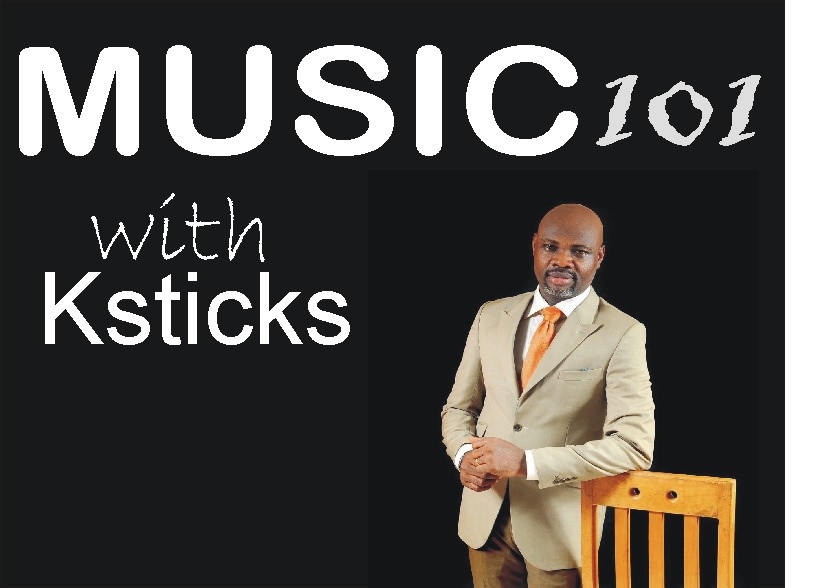The most common mistakes are caused by the following:
- A) Stage fright
- B) Poor preparation/Rehearsal
- C) Absent Mindedness or distraction
- D) Wrong key or tempo selection
- E) Going for the metric change and or modulation
- F) Technical failure
- G) Mistakes through poor audience response
The above lists are categorized into either technical or human error. There are mistakes that do not require stopping the performance; some we need to stop outrightly. There are some we just need to skip the mistake part and cleverly transit to next arrangement, some we just have to be bold and keep repeating the faulty part until stability is achieved before moving on to the next part of the arrangement. However, one common variable here is that we have to be confident at the instance of the mistake.
- A) STAGE FRIGHT: Stage fright could also be referred to as fear; it can destabilize a performer to the point of mixing up the arrangement. It has a negative impact on the stage appearance, self-esteem, poise and confidence of the performer. Stage fright comes on as nerves (anxieties, mental strains) on the disposition of the artistes and at this point, the focus may be shifted from the musical arrangement through an increasing nervous tension which is externalized by palpitation of heartbeat.
There are so many ways to deal with stage fright: One important approach is to take a deep breath slowly as much as possible so as to reduce or normalize the heart pulse. It is also good not to focus directly on the audience but to rather look straight to the back end of the auditorium.
- B) POOR PREPARATION: Inadequate rehearsals will always result into poor performance. This is a major challenge in gospel music. So many music groups struggle with avoidable mistakes just because of poor rehearsals. The secret of great stage performance is quality rehearsals; this will be discussed better in the next chapter.
- C) ABSENT-MINDEDNESS OR DISTRACTIONS: Sometimes memories fail us and we just get absent minded or tune off from the arrangement. This could happen to anybody. It is one of the nuances of stage performance, unlike in studio recording where we can stop at the instance of any mistake, (over-dub), or retake any part to satisfaction.
Absent-mindedness can lead to instability and unhealthy nervous-ness. Whenever this happens, it is always ideal we repeat the last movement of the arrangement as many times as possible before we move on to the next part, so we can gain stability. However, there may be peculiar cases where we just have to stop and restart from the beginning especially if it involves technicalities of key or metric change. It is advisable to move on in a case of sheet music, although this is still subject to the conductor’s directives.
- D) WRONG KEY SELECTION: Sometimes mistakes occur as a result of wrong key selection. My advice is that during rehearsals, the directors should be sensitive to two variables: (A) LOWER the key if the lead singer(s) easily flattens the key. This most likely means that the key is too high, and then it requires that you drop it. (B) RAISE the key if there is the tendency of the lead singer(s) going sharp. This could also mean that the key is quite low, and then it requires that you bring it up.
However, some mistakes that involve going off key may necessitate stopping the tonal instruments like keyboards and guitars and then maintain the drums and percussions. Afterward, a short instrumentation interlude can later bring the vocals back to the original key.
- E) WRONG TEMPO OR METRIC CHANGE/ MODULATION: Metric change is the transition from one time-signature to another, that is, a change of meter either from a highlife beat on 4:4 to a 12:8 beat of the same song or different rhythmic pattern/song, be it on varied or constant tempo. The drummers and the percussionists need to be technically sound here or else the audience will notice the lapses. Hence, attention should be given to any rhythmic flow that involves a change of tempo or style on a motion.
Also, tonal modulation is the change of tonal center; that is, moving from one key to another within the same song, unlike transposition which is moving the key of song/music up or down for technical or aesthetic reasons. For instance, we can modulate twice or more within a particular song, but when we transpose, the modulated keys will still reflect in the transposed key. Several modulations could happen within a verse while just a transposition affects the entire music along-side different keys within the music.
- F) TECHNICAL FAILURE: There are diverse levels of technical fault ranging from power failure, spike, frequency ring (causing feedback), software malfunction and many more. A technical fault could be as a result of human error or technical failure. Any of these faults can destabilize artistic flow on the stage thereby resulting to mistakes.
Some more serious technical faults can delay, disturb and or even lead to cancellation of the performance. I recommend a detailed technical rehearsal of thorough line check and sound check, and if possible provide a backup arrangement for some of the equipment.
- G) POOR AUDIENCE RESPONSE: A very good applause and responses from the audience keep artists on a great flow. Likewise, bad response or even very low turnout can psychologically affect the morale, composure, charisma, or even discourage the artistes. We should be very sensitive to the audience mood, to understand what moves them and what bores them and then adjust (if need be and if possible). Since it is most likely that bad audience’ response could dampen morale, then artiste may get destabilized.
It is, therefore, necessary that we understand our audience. A good audience response motivates our flow on stage. Sometimes we may have to readjust our song flow on the spur of the moment to flow with the prevailing mood and in some occasion, we may have to stop the performance and introduce side attractions like a talk show (comedy) or any other creative work.






